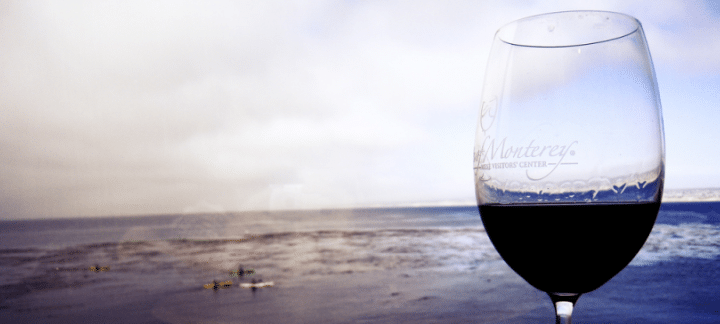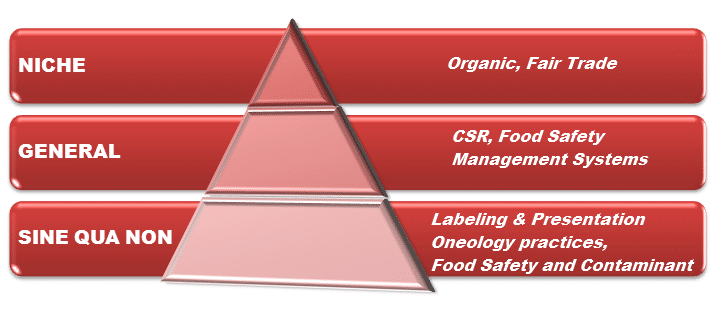

Welcome to another installment of this multi-part editorial endeavor for the “Best Wine Importers” website that focuses on the buyer’s requirements in the broad context of the European Union’s wine distribution market. As shown in our previous installment focused on this subject, a study published by CBI (“Centre for the Promotion of Imports from developing countries”) and The Ministry of Foreign Affairs of The Netherlands had these requirements as subject and identified three main categories in which these requirements can be compartmented, “sine qua non”, “general” and “niche”.
Among the “sine qua non” requirements, the aforementioned study indicates the prevalence of oenological practices, including analysis reports and import certificates, the strict legal requirements relative to food safety issues and contaminants levels and the standard requirements regarding labeling and presentation. The “common” requirements category includes corporate social responsibility issues and the increasingly important concerns regarding the Food Safety Management Systems implemented by the would-be supplier, in this particular case, the wine producer. Amongst the “niche” requirements, the most prevalent are the need of obtaining a Fair Trade Certificate for your product and the consumer’s growing interest for organic products. A visual schematic of this pyramid of requirements below…
These requirements and their different degree of prevalence in the European Union’s wine distribution market can be also found in our case study articles dedicated to individual national markets. However, in the context of this overall presentation, we must reiterate the over-arching importance of the particular requirements from the first two categories. Stemming from the buyer itself, the oenological practices for example have evolved to become legislative measures that regulate this particular market, along with the strict legal requirements relative to food safety issues and contaminants levels. Furthermore, even the labeling and presentation of the wine product have become the target of legally-enforced standards. True enough, some requirements from the “general” and “niche” categories are not legislatively regulated, but are considered important by the wine distributors that are active in the European Union market and their importance can be seen in the business practices employed by the majority of the wine distributors and retailers.
The following articles of this editorial endeavor will focus on each of these categories of requirements, one or more articles per category, for a more detailed presentation of these factors listed above, factors that you must take into consideration and implement appropriate solutions for, so that your product is accepted on the European Union‘s wine distribution market and it is placed de facto on equal footing with the products of your competitors.
Image courtesy of Bill Selak – Some rights reserved
© www.bestwineimporters.com 2014






